SEO
A Comprehensive Guide To Marketing Attribution Models

We all know that customers interact with a brand through multiple channels and campaigns (online and offline) along their path to conversion.
Surprisingly, within the B2B sector, the average customer is exposed to a brand 36 times before converting into a customer.
With so many touchpoints, it is difficult to really pin down just how much a marketing channel or campaign influenced the decision to buy.
This is where marketing attribution comes in.
Marketing attribution provides insights into the most effective touchpoints along the buyer journey.
In this comprehensive guide, we simplify everything you need to know to get started with marketing attribution models, including an overview of your options and how to use them.
What Is Marketing Attribution?
Marketing attribution is the rule (or set of rules) that says how the credit for a conversion is distributed across a buyer’s journey.
How much credit each touchpoint should get is one of the more complicated marketing topics, which is why so many different types of attribution models are used today.
6 Common Attribution Models
There are six common attribution models, and each distributes conversion value across the buyer’s journey differently.
Don’t worry. We will help you understand all of the models below so you can decide which is best for your needs.
Note: The examples in this guide use Google Analytics 4 cross-channel rules-based models.
Cross-channel rules-based means that it ignores direct traffic. This may not be the case if you use alternative analytics software.
1. Last Click
The last click attribution model gives all the credit to the marketing touchpoint that happens directly before conversion.
Last Click helps you understand which marketing efforts close sales.
For example, a user initially discovers your brand by watching a YouTube Ad for 30 seconds (engaged view).
Later that day, the same user Googles your brand and clicks through an organic search result.
The following week this user is shown a retargeting ad on Facebook, clicks through, and signs up for your email newsletter.
The next day, they click through the email and convert to a customer.
Under a last-click attribution model, 100% of the credit for that conversion is given to email, the touchpoint that closed the sale.
2. First Click
The first click is the opposite of the last click attribution model.
All of the credit for any conversion that may happen is awarded to the first interaction.
The first click helps you to understand which channels create brand awareness.
It doesn’t matter if the customer clicked through a retargeting ad and later converted through an email visit.
If the customer initially interacted with your brand through an engaged YouTube view, Paid Video gets full credit for that conversion because it started the journey.
3. Linear
Linear attribution provides a look at your marketing strategy as a whole.
This model is especially useful if you need to maintain awareness throughout the entire buyer journey.
Credit for conversion is split evenly among all the channels a customer interacts with.
Let’s look at our example: Each of the four touchpoints (Paid Video, Organic, Paid Social, and Email) all get 25% of the conversion value because they’re all given equal credit.
4. Time Decay
Time Decay is useful for short sales cycles like a promotion because it considers when each touchpoint occurred.
The first touch gets the least amount of credit, while the last click gets the most.
Using our example:
- Paid Video (YouTube engaged view) would get 10% of the credit.
- Organic search would get 20%.
- Paid Social (Facebook ad) gets 30%.
- Email, which occurred the day of the conversion, gets 40%.
Note: Google Analytics 4 distributes this credit using a seven-day half-life.
5. Position-Based
The position-based (U-shaped) approach divides credit for a sale between the two most critical interactions: how a client discovered your brand and the interaction that generated a conversion.
With position-based attribution modeling, Paid Video (YouTube engaged view) and Email would each get 40% of the credit because they were the first and last interaction within our example.
Organic search and the Facebook Ad would each get 10%.
6. Data-Driven (Cross-Channel Linear)
Google Analytics 4 has a unique data-driven attribution model that uses machine learning algorithms.
Credit is assigned based on how each touchpoint changes the estimated conversion probability.
It uses each advertiser’s data to calculate the actual contribution an interaction had for every conversion event.
Best Marketing Attribution Model
There isn’t necessarily a “best” marketing attribution model, and there’s no reason to limit yourself to just one.
Comparing performance under different attribution models will help you to understand the importance of multiple touchpoints along your buyer journey.
Model Comparison In Google Analytics 4 (GA4)
If you want to see how performance changes by attribution model, you can do that easily with GA4.
To access model comparison in Google Analytics 4, click “Advertising” in the left-hand menu and then click “Model comparison” under “Attribution.”
By default, the conversion events will be all, the date range will be the last 28 days, and the dimension will be the default channel grouping.
Start by selecting the date range and conversion event you want to analyze.
 Screenshot from GA4, July 2022
Screenshot from GA4, July 2022You can add a filter to view a specific campaign, geographic location, or device using the edit comparison option in the top right of the report.
 Screenshot from GA4, July 2022
Screenshot from GA4, July 2022Select the dimension to report on and then use the drown-down menus to select the attribution models to compare.
 Screenshot from GA4, July 2022
Screenshot from GA4, July 2022GA4 Model Comparison Example
Let’s say you’re asked to increase new customers to the website.
You could open Google Analytics 4 and compare the “last-click” model to the “first-click” model to discover which marketing efforts start customers down the path to conversion.
 Screenshot from GA4, July 2022
Screenshot from GA4, July 2022In the example above, we may choose to look further into the email and paid search further because they appear to be more effective at starting customers down the path to conversion than closing the sale.
How To Change Google Analytics 4 Attribution Model
If you choose a different attribution model for your company, you can edit your attribution settings by clicking the gear icon in the bottom left-hand corner.
Open Attribution Settings under the property column and click the Reporting attribution model drop-down menu.
Here you can choose from the six cross-channel attribution models discussed above or the “ads-preferred last click model.”
Ads-preferred gives full credit to the last Google Ads click along the conversion path.
 Screenshot from GA4, July 2022
Screenshot from GA4, July 2022Please note that attribution model changes will apply to historical and future data.
Final Thoughts
Determining where and when a lead or purchase occurred is easy. The hard part is defining the reason behind a lead or purchase.
Comparing attribution modeling reports help us to understand how the entire buyer journey supported the conversion.
Looking at this information in greater depth enables marketers to maximize ROI.
Got questions? Let us know on Twitter or Linkedin.
More Resources:
Featured Image: Andrii Yalanskyi/Shutterstock
SEO
Google Declares It The “Gemini Era” As Revenue Grows 15%
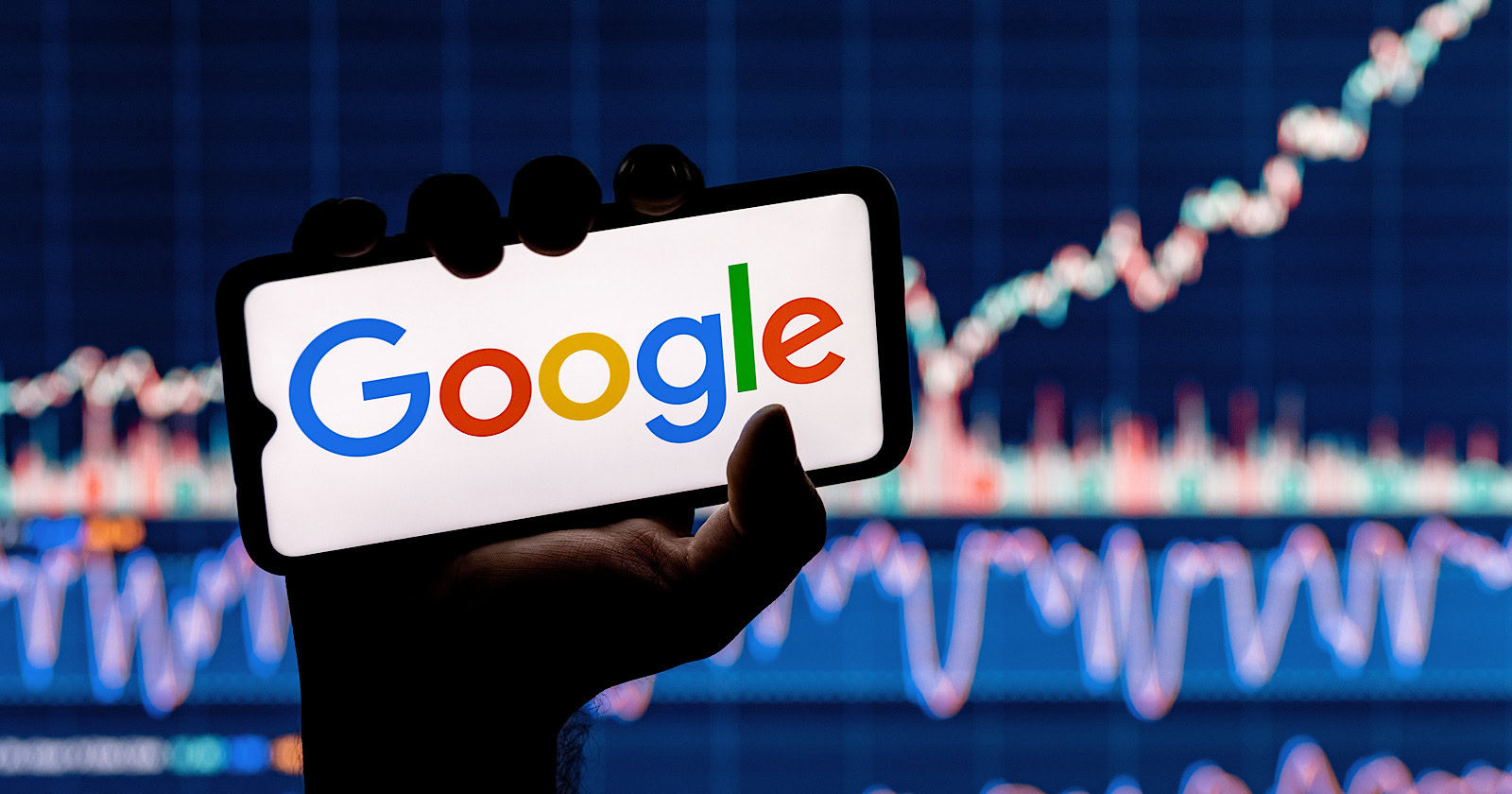
Alphabet Inc., Google’s parent company, announced its first quarter 2024 financial results today.
While Google reported double-digit growth in key revenue areas, the focus was on its AI developments, dubbed the “Gemini era” by CEO Sundar Pichai.
The Numbers: 15% Revenue Growth, Operating Margins Expand
Alphabet reported Q1 revenues of $80.5 billion, a 15% increase year-over-year, exceeding Wall Street’s projections.
Net income was $23.7 billion, with diluted earnings per share of $1.89. Operating margins expanded to 32%, up from 25% in the prior year.
Ruth Porat, Alphabet’s President and CFO, stated:
“Our strong financial results reflect revenue strength across the company and ongoing efforts to durably reengineer our cost base.”
Google’s core advertising units, such as Search and YouTube, drove growth. Google advertising revenues hit $61.7 billion for the quarter.
The Cloud division also maintained momentum, with revenues of $9.6 billion, up 28% year-over-year.
Pichai highlighted that YouTube and Cloud are expected to exit 2024 at a combined $100 billion annual revenue run rate.
Generative AI Integration in Search
Google experimented with AI-powered features in Search Labs before recently introducing AI overviews into the main search results page.
Regarding the gradual rollout, Pichai states:
“We are being measured in how we do this, focusing on areas where gen AI can improve the Search experience, while also prioritizing traffic to websites and merchants.”
Pichai reports that Google’s generative AI features have answered over a billion queries already:
“We’ve already served billions of queries with our generative AI features. It’s enabling people to access new information, to ask questions in new ways, and to ask more complex questions.”
Google reports increased Search usage and user satisfaction among those interacting with the new AI overview results.
The company also highlighted its “Circle to Search” feature on Android, which allows users to circle objects on their screen or in videos to get instant AI-powered answers via Google Lens.
Reorganizing For The “Gemini Era”
As part of the AI roadmap, Alphabet is consolidating all teams building AI models under the Google DeepMind umbrella.
Pichai revealed that, through hardware and software improvements, the company has reduced machine costs associated with its generative AI search results by 80% over the past year.
He states:
“Our data centers are some of the most high-performing, secure, reliable and efficient in the world. We’ve developed new AI models and algorithms that are more than one hundred times more efficient than they were 18 months ago.
How Will Google Make Money With AI?
Alphabet sees opportunities to monetize AI through its advertising products, Cloud offerings, and subscription services.
Google is integrating Gemini into ad products like Performance Max. The company’s Cloud division is bringing “the best of Google AI” to enterprise customers worldwide.
Google One, the company’s subscription service, surpassed 100 million paid subscribers in Q1 and introduced a new premium plan featuring advanced generative AI capabilities powered by Gemini models.
Future Outlook
Pichai outlined six key advantages positioning Alphabet to lead the “next wave of AI innovation”:
- Research leadership in AI breakthroughs like the multimodal Gemini model
- Robust AI infrastructure and custom TPU chips
- Integrating generative AI into Search to enhance the user experience
- A global product footprint reaching billions
- Streamlined teams and improved execution velocity
- Multiple revenue streams to monetize AI through advertising and cloud
With upcoming events like Google I/O and Google Marketing Live, the company is expected to share further updates on its AI initiatives and product roadmap.
Featured Image: Sergei Elagin/Shutterstock
SEO
brightonSEO Live Blog
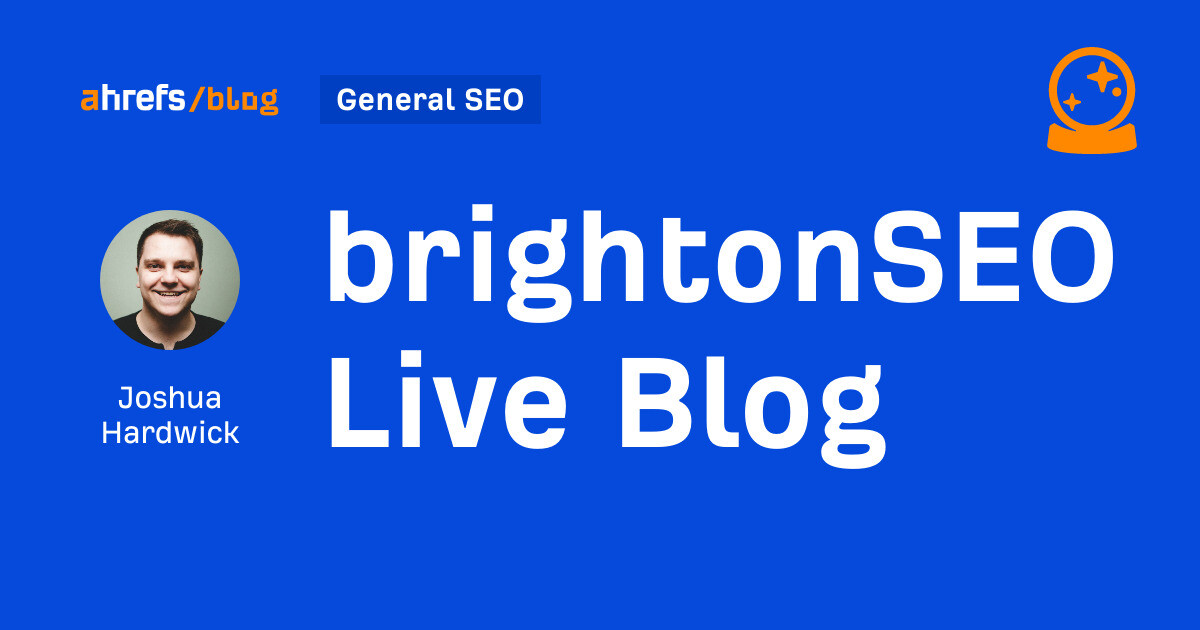
Hello everyone. It’s April again, so I’m back in Brighton for another two days of Being the introvert I am, my idea of fun isn’t hanging around our booth all day explaining we’ve run out of t-shirts (seriously, you need to be fast if you want swag!). So I decided to do something useful and live-blog the event instead.
Follow below for talk takeaways and (very) mildly humorous commentary. sun, sea, and SEO!
SEO
Google Further Postpones Third-Party Cookie Deprecation In Chrome

Google has again delayed its plan to phase out third-party cookies in the Chrome web browser. The latest postponement comes after ongoing challenges in reconciling feedback from industry stakeholders and regulators.
The announcement was made in Google and the UK’s Competition and Markets Authority (CMA) joint quarterly report on the Privacy Sandbox initiative, scheduled for release on April 26.
Chrome’s Third-Party Cookie Phaseout Pushed To 2025
Google states it “will not complete third-party cookie deprecation during the second half of Q4” this year as planned.
Instead, the tech giant aims to begin deprecating third-party cookies in Chrome “starting early next year,” assuming an agreement can be reached with the CMA and the UK’s Information Commissioner’s Office (ICO).
The statement reads:
“We recognize that there are ongoing challenges related to reconciling divergent feedback from the industry, regulators and developers, and will continue to engage closely with the entire ecosystem. It’s also critical that the CMA has sufficient time to review all evidence, including results from industry tests, which the CMA has asked market participants to provide by the end of June.”
Continued Engagement With Regulators
Google reiterated its commitment to “engaging closely with the CMA and ICO” throughout the process and hopes to conclude discussions this year.
This marks the third delay to Google’s plan to deprecate third-party cookies, initially aiming for a Q3 2023 phaseout before pushing it back to late 2024.
The postponements reflect the challenges in transitioning away from cross-site user tracking while balancing privacy and advertiser interests.
Transition Period & Impact
In January, Chrome began restricting third-party cookie access for 1% of users globally. This percentage was expected to gradually increase until 100% of users were covered by Q3 2024.
However, the latest delay gives websites and services more time to migrate away from third-party cookie dependencies through Google’s limited “deprecation trials” program.
The trials offer temporary cookie access extensions until December 27, 2024, for non-advertising use cases that can demonstrate direct user impact and functional breakage.
While easing the transition, the trials have strict eligibility rules. Advertising-related services are ineligible, and origins matching known ad-related domains are rejected.
Google states the program aims to address functional issues rather than relieve general data collection inconveniences.
Publisher & Advertiser Implications
The repeated delays highlight the potential disruption for digital publishers and advertisers relying on third-party cookie tracking.
Industry groups have raised concerns that restricting cross-site tracking could push websites toward more opaque privacy-invasive practices.
However, privacy advocates view the phaseout as crucial in preventing covert user profiling across the web.
With the latest postponement, all parties have more time to prepare for the eventual loss of third-party cookies and adopt Google’s proposed Privacy Sandbox APIs as replacements.
Featured Image: Novikov Aleksey/Shutterstock
-

 PPC7 days ago
PPC7 days ago19 Best SEO Tools in 2024 (For Every Use Case)
-
SEARCHENGINES6 days ago
Daily Search Forum Recap: April 19, 2024
-
SEARCHENGINES7 days ago
Daily Search Forum Recap: April 18, 2024
-
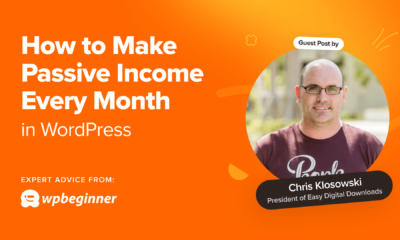
 WORDPRESS6 days ago
WORDPRESS6 days agoHow to Make $5000 of Passive Income Every Month in WordPress
-

 SEO7 days ago
SEO7 days ago25 WordPress Alternatives Best For SEO
-
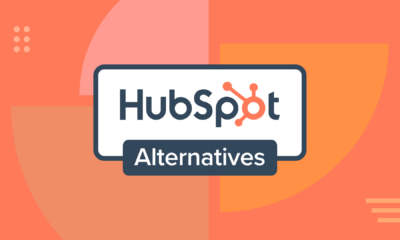
 WORDPRESS5 days ago
WORDPRESS5 days ago13 Best HubSpot Alternatives for 2024 (Free + Paid)
-
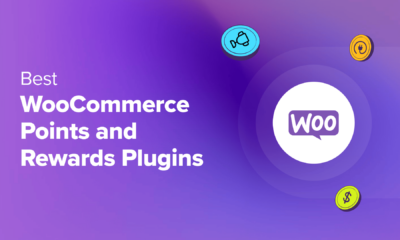
 WORDPRESS6 days ago
WORDPRESS6 days ago7 Best WooCommerce Points and Rewards Plugins (Free & Paid)
-

 MARKETING6 days ago
MARKETING6 days agoBattling for Attention in the 2024 Election Year Media Frenzy






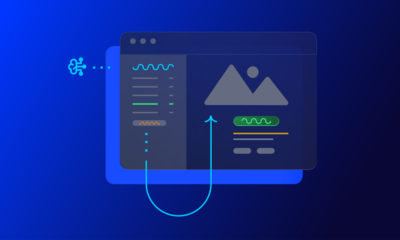

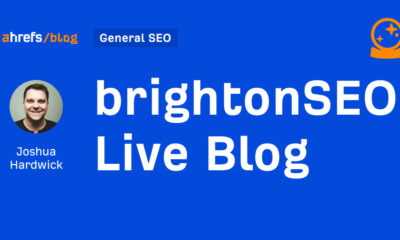







You must be logged in to post a comment Login